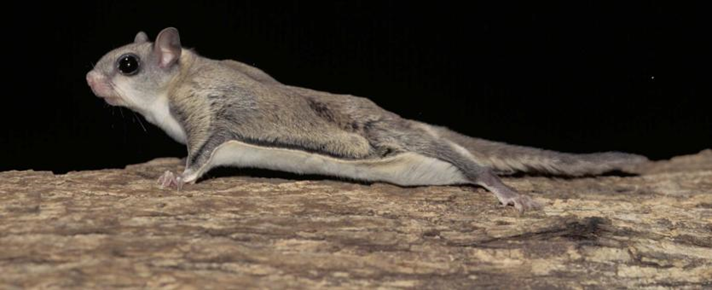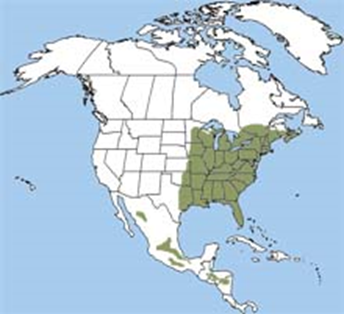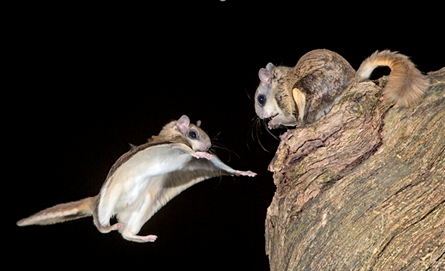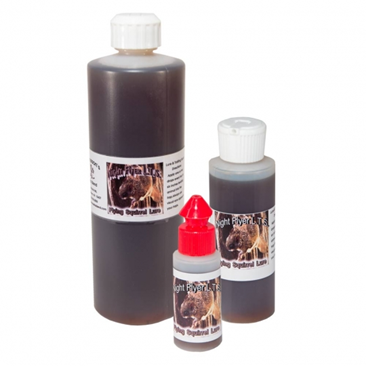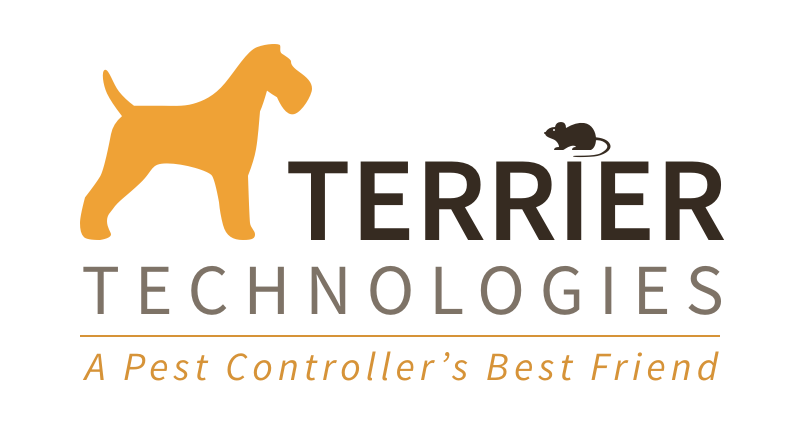-
Flying squirrels are quite common throughout most of our
service territory. They are also the most
misidentified squirrel. Due to their nocturnal nature, they are often incorrectly
identified as mice.
-
Remember to use the information
provided by the customer as a starting point for you inspection. This may come
from direct communication with the customer or the notes from client service
detailed in the work order/proposal.
-
On initial
inspection take note that flying squirrel entry points are always at roof level
because they glide from trees and other roof level structures.
-
Common entry
points include roof junctions, dormer corners, ridge vents, hat vents, power
fans, gable vents and chimneys.
-
There are very
few signs of flying squirrel activity on the exterior. The activity will be identified through
interior attic inspection and interviewing the customer.
-
When inspecting
the attic look for droppings and tunneling in insulation. Flying squirrels typically use latrines. Droppings are round and hard. They are not easily crushed between fingers like bat droppings.
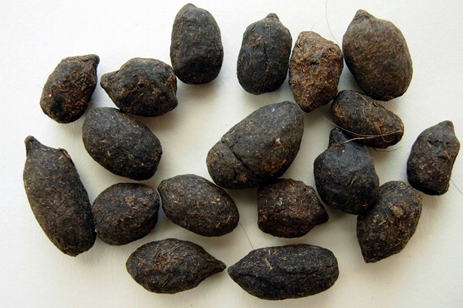
Flying Squirrel Droppings
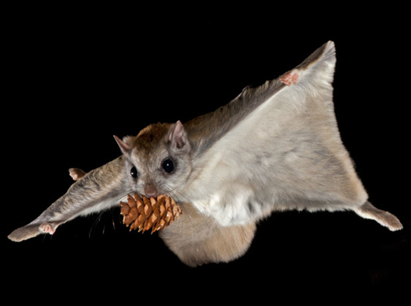
Flying Squirrel
